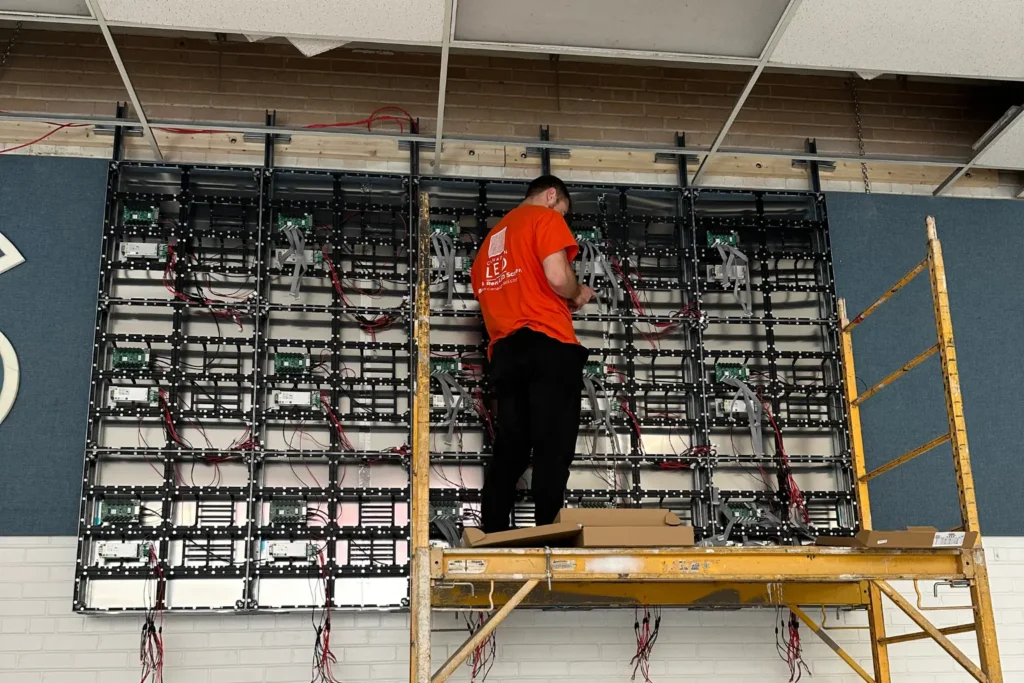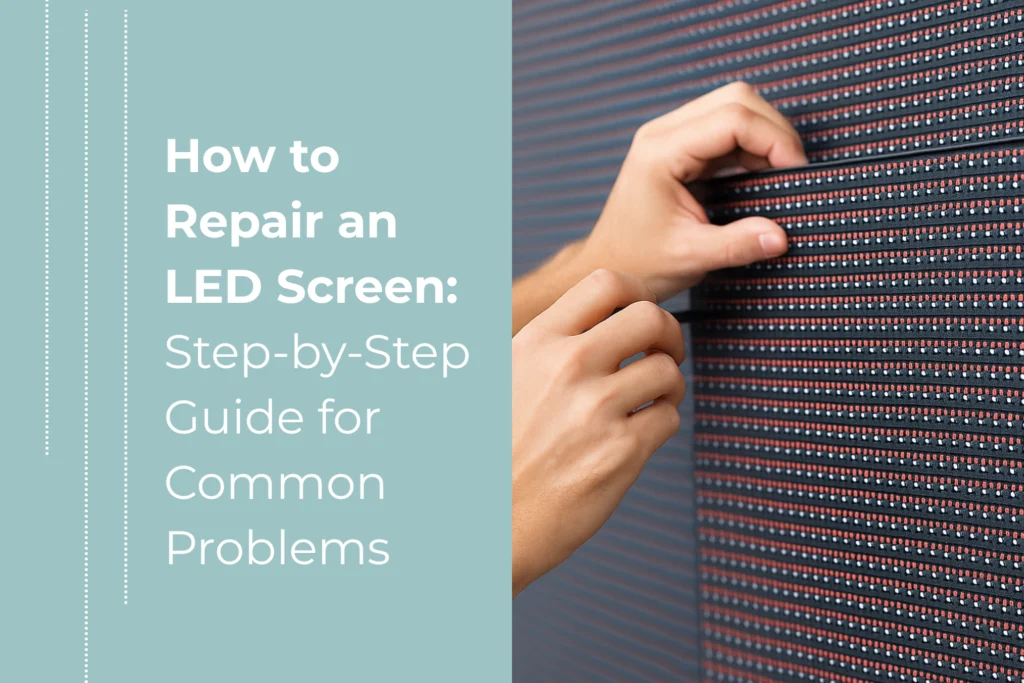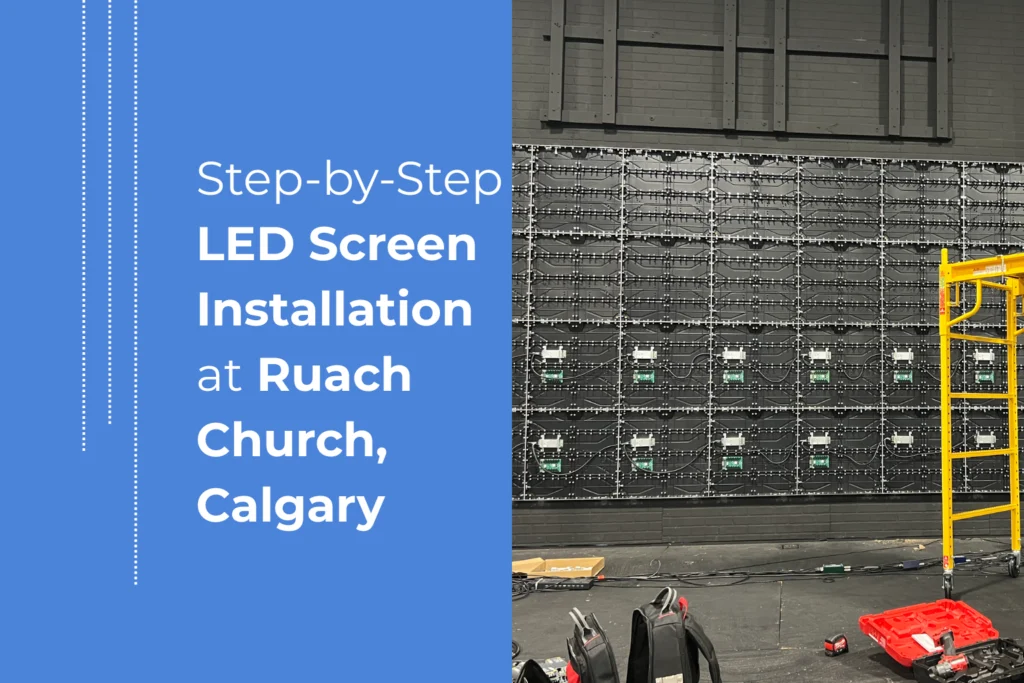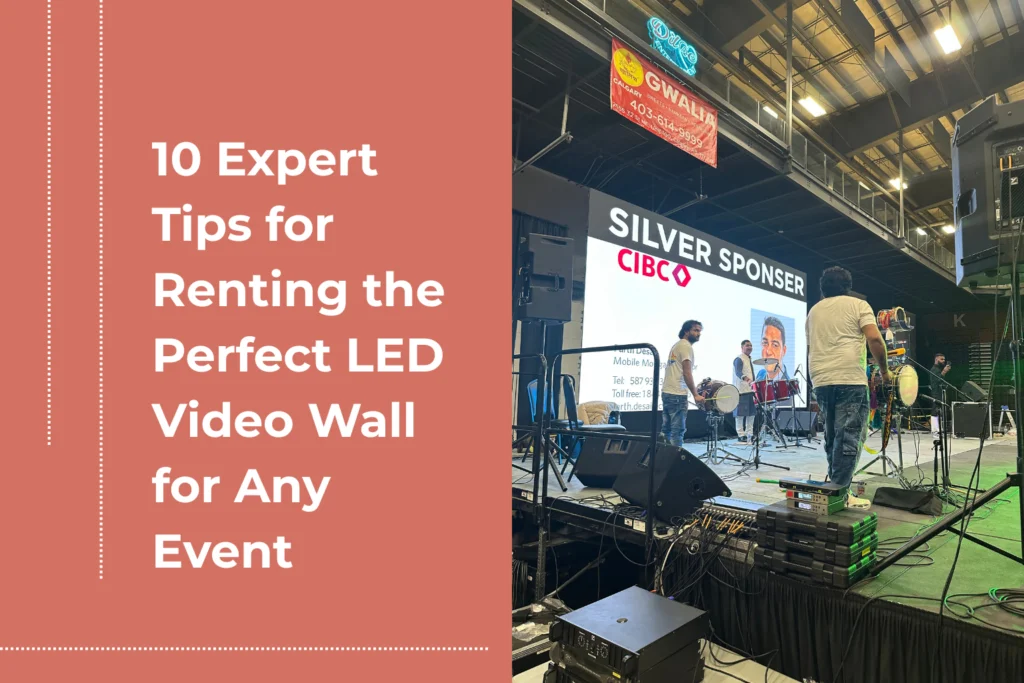What Exactly Is an LED Cabinet?
Let’s start with the basics. An LED display is made up of modules—those square or rectangular tiles filled with LED pixels. These modules slot into a cabinet. The cabinet is essentially a sturdy frame that:- Holds the LED modules in place
- Contains the power supplies and receiving cards
- Provides ventilation and cooling
- Makes installation easier (panels lock together seamlessly)
- Protects the electronics from the environment
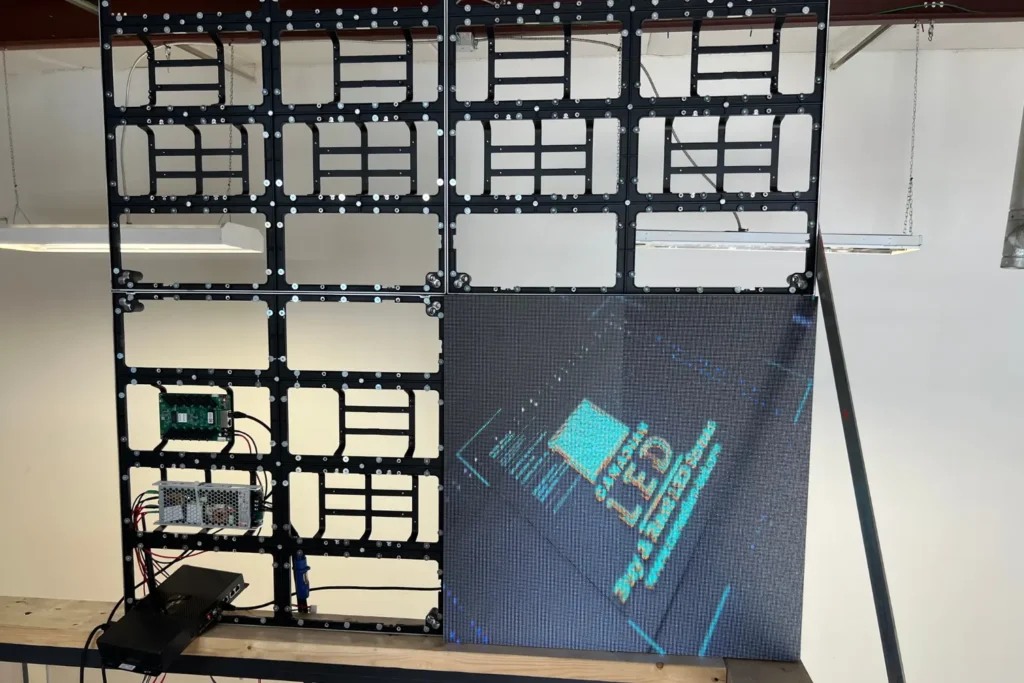
Why the Cabinet Matters
When clients ask me why cabinets matter, I usually share a story from an outdoor project I did a few summers ago. We were installing a large outdoor LED wall for a music festival. The client had previously rented a lower-quality screen with thin steel cabinets. They looked fine on the first day, but by the end of the weekend, the panels had warped slightly from heat and humidity. The whole wall looked uneven, with little gaps showing where the cabinets weren’t holding alignment. That’s when the importance of the right cabinet really hits home. A good cabinet means:- Perfect alignment between panels (no visible seams)
- Stability under outdoor conditions (rain, heat, wind)
- Easy assembly and disassembly if you’re working rentals
- A lighter structure if it’s hanging from a truss or ceiling
Different Types of LED Screen Cabinets
Now, let’s dive into the main categories you’ll come across.Fixed Indoor Cabinets
These are designed for permanent installations in places like retail stores, offices, churches, and theaters.- Key Features: Lightweight, slim, plenty of ventilation.
- Materials: Often steel or die-cast aluminum.
- Maintenance: Usually front service (modules pop out from the front), which is perfect for wall-mounted installations.
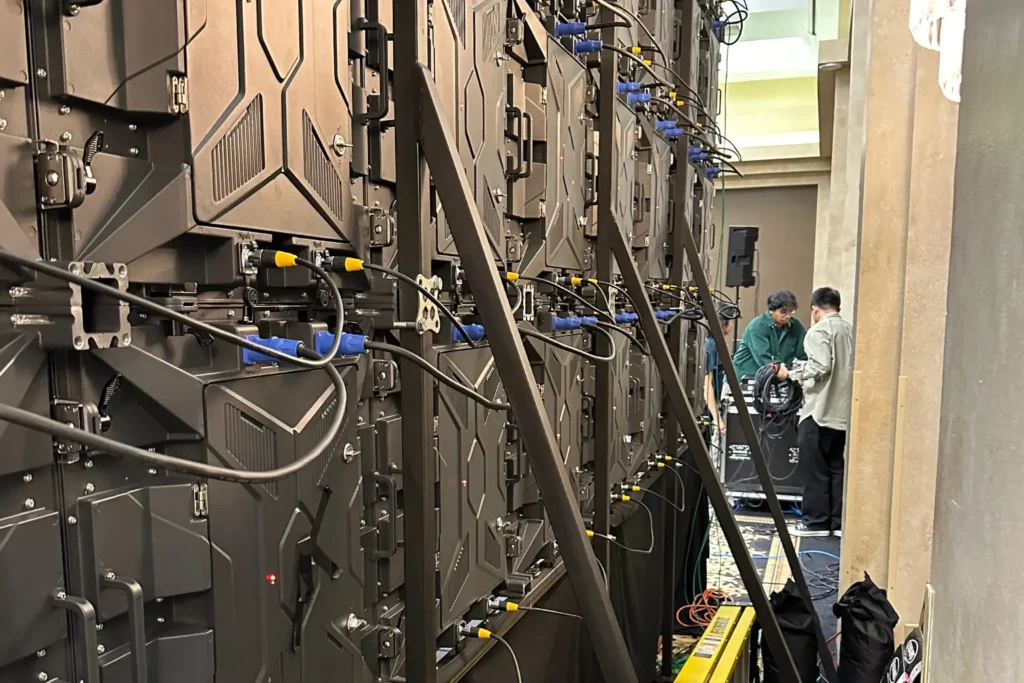
Fixed Outdoor Cabinets
When it comes to outdoor installations, durability is everything.- Key Features: Weatherproof (IP65+), heavy-duty build, sealed modules.
- Materials: Often heavier steel or aluminum with anti-corrosion treatments.
- Maintenance: Can be front or rear access depending on placement.
- Extra Considerations: Weight is usually higher – 40–55 kg/m² is common.
Rental (Event) Cabinets
These are the type I’ve worked with most often, and they’re a lifesaver for concerts, trade shows, and touring events.- Key Features: Lightweight, quick-lock systems, ergonomic handles.
- Materials: Die-cast aluminum or magnesium alloy (very strong but light).
- Maintenance: Modules and power supplies are hot-swappable—critical when setup and teardown time is tight.
- Extras: Curved options available for creative stage designs.
Sports Cabinets
Stadium and arena displays have their own requirements.- Key Features: Extra impact resistance (to handle a ball hitting the screen).
- Design: Tilt-adjustable brackets for better viewing angles.
- Durability: Reinforced build for outdoor weather or indoor arenas.
Custom Cabinets
Sometimes a standard rectangle just won’t do. I’ve helped install LED cubes, curved displays, and even double-sided hanging panels.- Materials: Depends on design, but usually custom die-cast frames.
- Challenges: Longer lead times, higher costs, and specific engineering requirements.
Cabinet Materials: What You Need to Know
From the technician’s side, the choice of cabinet material is a big deal. Here are the most common ones I’ve worked with:- Iron Cabinets: Affordable, strong, but heavy. Good for fixed outdoor installs where weight isn’t a big concern.
- Die-Cast Aluminum: The gold standard for rental—lightweight, precise, and durable.
- Magnesium Alloy: Even lighter than aluminum, but comes at a premium.
- Carbon Fiber: Super light, often used in massive rental walls to reduce load. Rare, but impressive when needed.
Maintenance Access: Front vs Rear
One of the questions I always ask a client before recommending a cabinet is: “Will your screen be installed against a wall, or will you have rear access?”- Front Service: Modules and power supplies can be accessed from the front. Perfect for wall-mounted installations.
- Rear Service: More common for rental setups or free-standing outdoor billboards.
- Dual Service: The best of both worlds – gives you flexibility in tight situations.
How to Choose the Right Cabinet
Here’s the framework I often share with clients: Environment: Indoor or outdoor? Weather conditions make a huge difference. Mobility: Will it be permanent or moved often? Rental cabinets are lighter and quicker to set up. Maintenance: Will you have space behind the screen, or do you need front service? Weight Load: Can your truss, wall, or structure support heavy cabinets? Budget: Materials and features influence overall costs. (Cabinets can affect video wall cost more than people expect!) Design Needs: Do you need something custom like curved, double-sided, or transparent?Real-World Example: Installing for a Venue
Not long ago, I worked on an installation of led screens for retail in a performing arts center. The project involved a large fixed indoor display in the main hall and smaller rental-friendly screens for touring shows. We chose die-cast aluminum cabinets for the touring displays—they needed to be assembled quickly and withstand travel. For the fixed display in the hall, we went with front-service slim cabinets that mounted directly onto a structural wall. Curious about how professionals install LED screen setups? Watch our detailed video guide.Trends I’m Seeing in LED Cabinets
The technology has come a long way, and it’s exciting to see where things are headed:- Lighter materials: More magnesium and carbon fiber are being used, especially for rental.
- Tool-free maintenance: Magnetic modules and quick-release power boxes make life easier for technicians.
- Smarter design: Cabinets now often include alignment pins, safety locks, and built-in monitoring for temperature and voltage.
- Creative shapes: Curved, corner, and flexible cabinets are being used for immersive designs.
